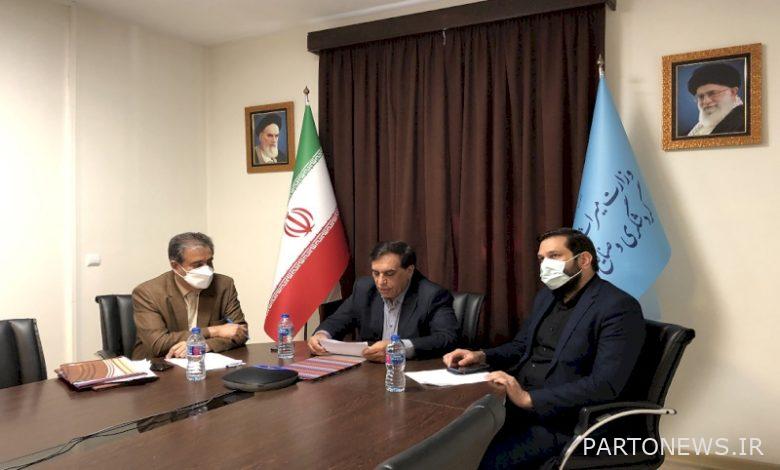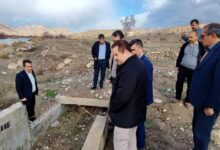The first meeting of the directors of museums of the member countries of the Shanghai Cooperation Organization was held online

According to the Arya Heritage Report, citing the public relations of the Niavaran Historical and Cultural Complex, in this meeting, which was held following the 21st Shanghai Cooperation Summit, senior cultural officials and heads of museums of prominent countries of the Islamic Republic of Iran, Russia, China, Kazakhstan, Uzbekistan, Kyrgyzstan, India Mongolia, Pakistan and Belarus were present.
On behalf of the Ministry of Heritage, Culture, Tourism and Handicrafts, Mohammad Reza Kargar, Director General of Museums, Amir Reza Sharifnia, Director of the Niavaran Historical and Cultural Complex, and Jibril Nokandeh, Director General of the National Museum of Iran, attended the meeting online.
This event is the first official meeting between the directors of the museums of the member countries of the Shanghai Cooperation Organization after the membership of the Islamic Republic of Iran in this international organization. They talked about museums.
The meeting began with a speech by the Governor of Tula Province, the Deputy Minister of Culture of the Russian Federation and the Deputy Secretary General of the Shanghai Cooperation Organization, followed by speeches by museum directors from participating countries on how to cooperate with the organization and report on their museums.
Speaking on behalf of Iran at the summit, Mohammad Reza Kargar, Director General of the country’s museums, said: “I am very happy to be part of the first SCO Museum Association, because you represent ancient and enduring civilizations that have promoted peace and friendship through culture. “It brings together our cultural contributions and shows us that there is no more important tool for lasting communication between nations than the same roots.”
“Cultural heritage reminds us that the pride of today’s civilization owes to the men and women who planted the original tree in these lands, and that achieving security and stability depends on better understanding of each other,” he added. “At the same time, Iran has always been one of the most important territories that has played a key role in shaping the history of human civilization and is an integral part of West-East relations.”
“If we set common goals for our common heritage today, we will certainly take a firm and consistent step towards the development of our countries, and as a result, the continent’s Asian interaction at the international level will be stronger than ever,” Kargar said. “Perhaps least of all, the development of sustainable security depends on the authenticity of art and civilization.”
“We are all rooted in the continent, and the tangible and intangible effects of the past have been the great assets of Asian civilization,” the official noted.
“The dynamic participation of museums as the most important cultural institutions of any society in various branches will bring joy to the people of these lands and will have a profound effect on the development of trade, political, economic and technological relations,” Kargar continued.
He added: “Currently, there are about 800 active museums in our country, of which about 300 belong to the private sector and the rest to the government, municipalities and other public institutions. Over the past 40 years, our museums have had international collaborations with museums around the world in the field of restoration, research and exhibitions, and we now have museum collaborations with more than 50 countries. “We have also had joint exhibition experiences with museums in the SCO member states.”
The director general of the country’s museums continued: “The National Museum of Iran and the Armitage Museum of St. Petersburg, as well as the Niavaran Historical and Cultural Complex and the Pushkin State Museum of Fine Arts in Moscow, have a memorandum of understanding between the museums.”
He said: “Iran welcomes any kind of cooperation between the museum and has so far cooperated with some member countries of this organization as an exhibition or research project. “We are interested in working closely with this summit, and we suggest that a joint exhibition be put on the agenda, which can be exhibited in national museums or major museums in each country.”
Also in the continuation of this summit, a virtual exhibition entitled “In the path of cultural unity” was opened.
.

